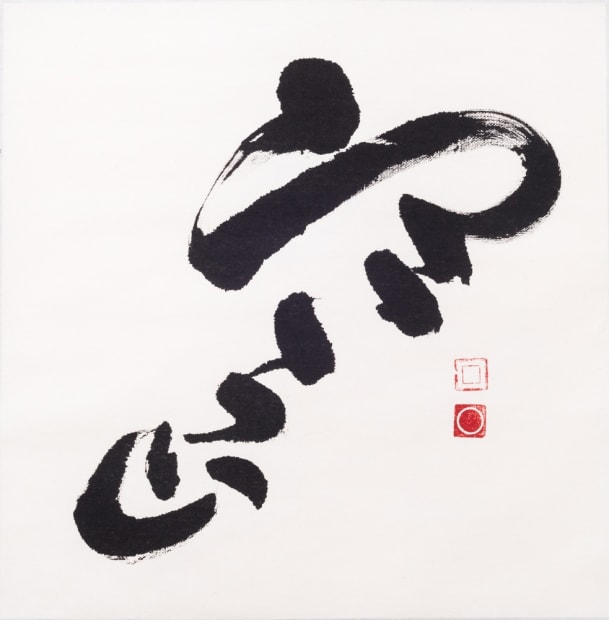C.C. Wang (Chi-ch’ien Wang, 1907-2003) was born in Wu County, Jiangsu Province, China in 1907. After studying authentic literati art and connoisseurship with old masters Gu Lingshi and Wu Hufan in Shanghai, he decided to devote himself to art. In 1936 he was asked to be an adviser to the committee organizing the ground-breaking London exhibition of art from the Palace Museum in Beijing. This allowed him to examine all the paintings in the imperial collection, something no private citizen had ever done.
He is best known as a painter, calligrapher, and collector of Chinese art. As a collector, his collection of ancient Chinese paintings is consistently listed as one of the greatest such collections in the world. During the 1980s, 37 paintings, including Dong Yuan’s “Riverbank”, from his collection were given to the Metropolitan Museum of Art, including the most important piece.



